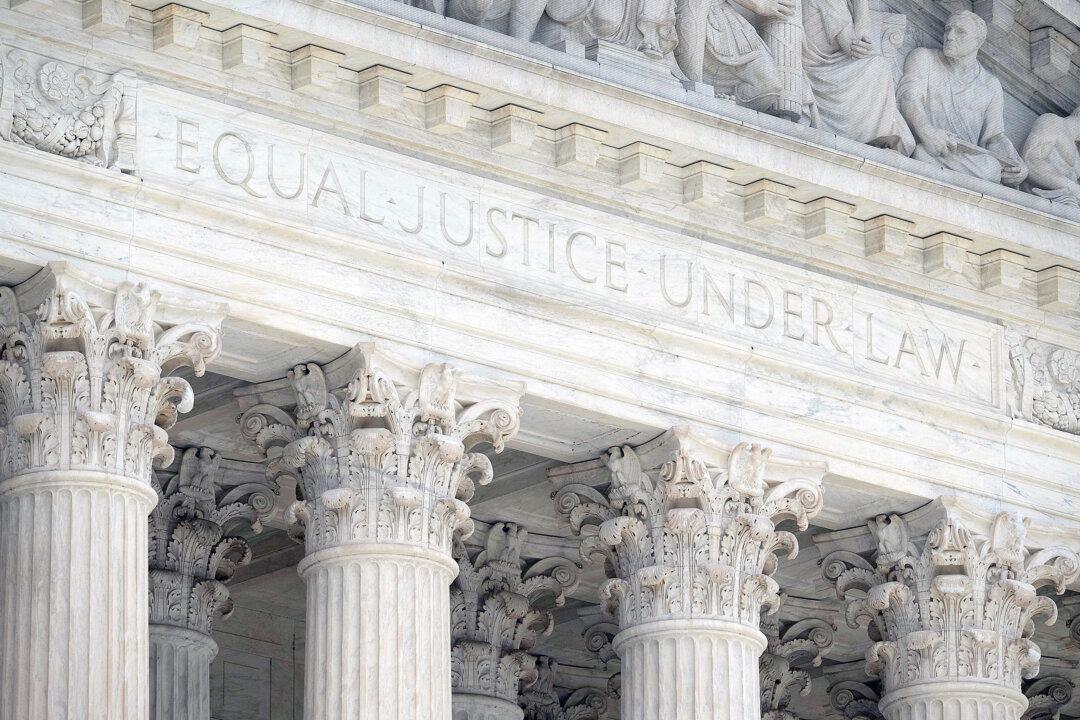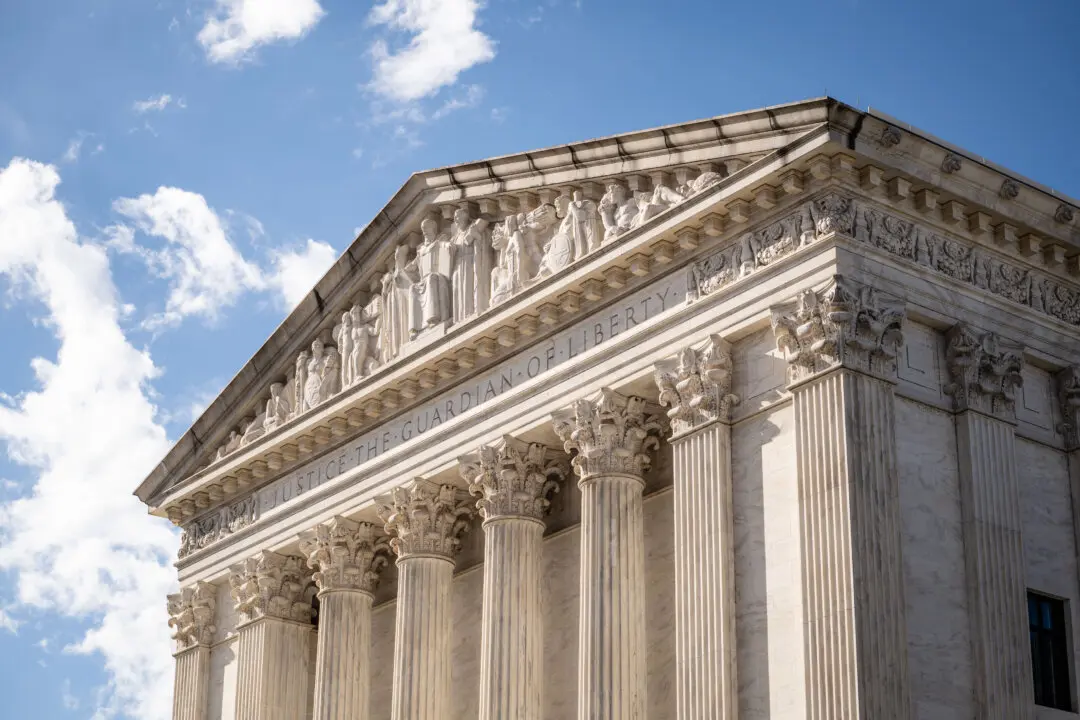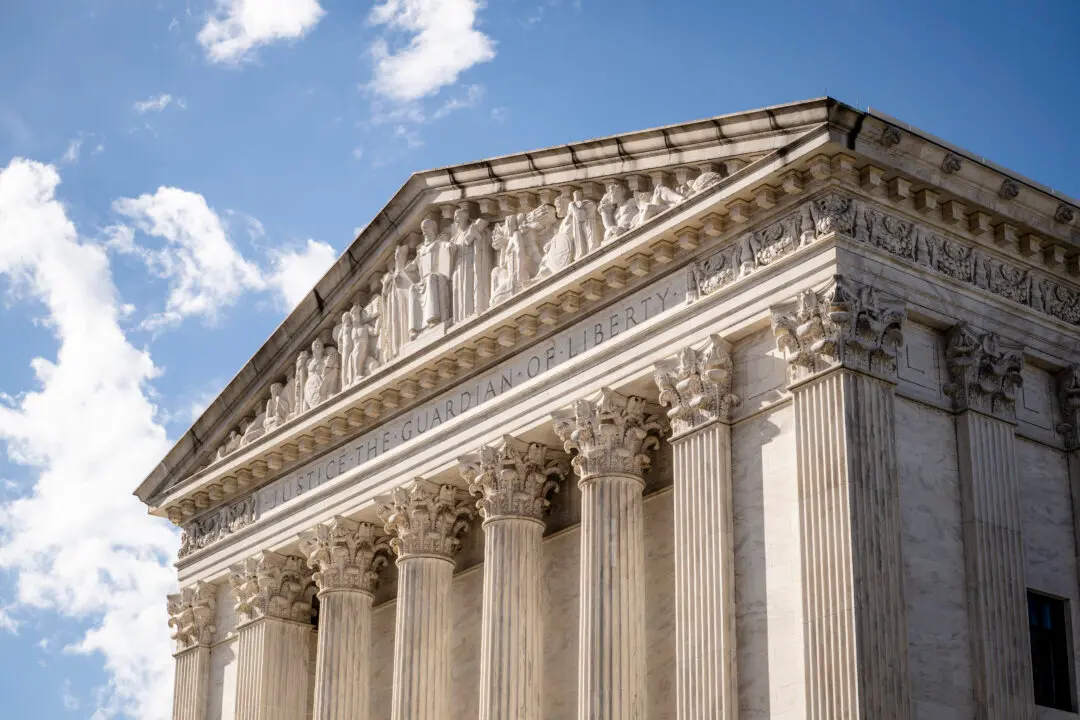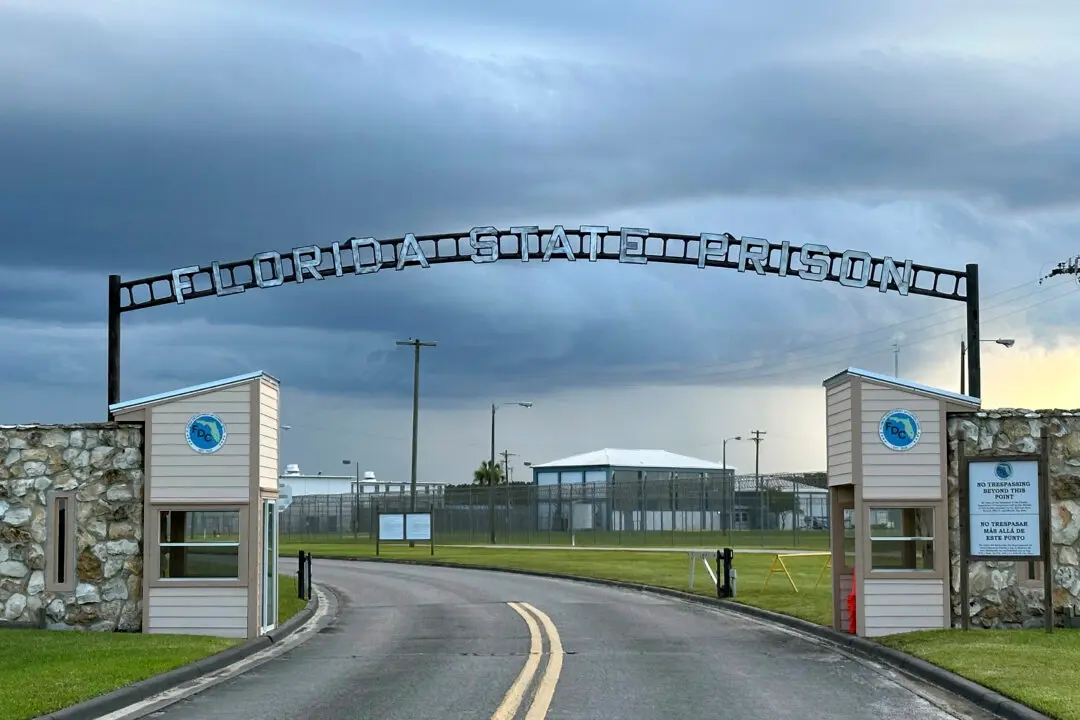The U.S. Supreme Court has denied a request to block the redrawing of state legislative districts in Michigan that a federal court ordered after finding the district maps violated the federal Voting Rights Act (VRA).
The Supreme Court rejected an emergency application on Jan. 22 from the Michigan Independent Citizens Redistricting Commission to stay a lower court ruling finding that the commission-drafted maps for 13 state legislative districts in the Detroit area violate the VRA.





